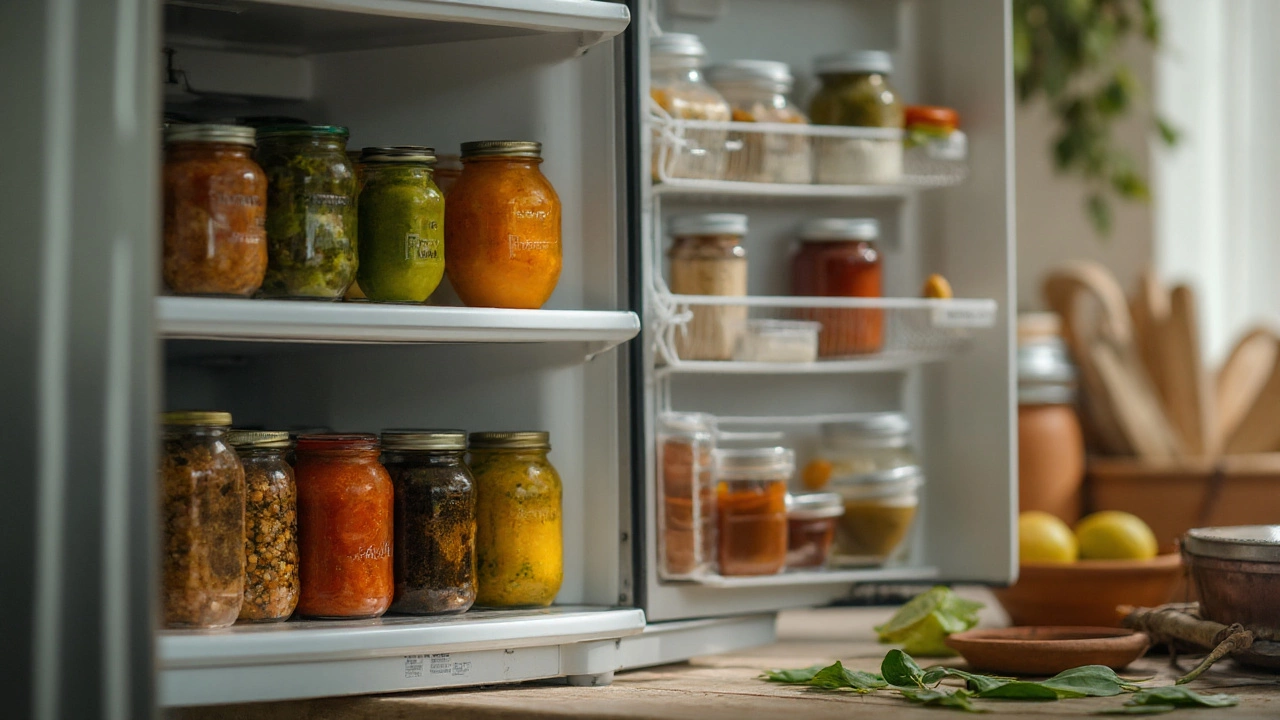Spilage Signs – How to Spot Food Spoilage in the Indian Kitchen
When working with spoilage signs, the visual, smell or texture clues that tell you food has gone bad. Also known as food spoilage indicators, it helps you avoid unpleasant flavors and health risks. Knowing these signs is a core part of food safety, practices that keep what you eat fresh and safe. In Indian cooking, ingredients like milk, a dairy liquid that sours quickly when left at room temperature and chicken, poultry that can develop harmful bacteria if not stored properly are especially vulnerable. Even fresh fruit, natural sources of vitamins that spoil when bruised or over‑ripe show clear spoilage signs that many home cooks miss.
Why Recognizing Spoilage Matters for Every Indian Dish
Spilage signs encompass changes in color, odor, texture, and taste. A sour smell from milk or a sudden curdling when you add lemon, acid that speeds up milk coagulation is a classic example—just like the science behind why lemon juice makes milk curdle. In poultry, yellow bumps inside a chicken’s mouth can indicate disease, a sign highlighted in veterinary guides and a red flag for spoilage. Fruit that develops fuzzy patches or a fermented aroma signals microbial activity that makes it unsafe to eat. Even complex dishes like biryani, a layered rice and meat dish that can harbor bacteria if stored incorrectly show spoilage through a sour scent or slimy texture on the rice surface. Recognizing these cues lets you act fast—discard, re‑cook, or adjust storage—to prevent food‑borne illness.
Below you’ll find a curated set of articles that dive deeper into these topics. From the chemistry behind milk curdling to the health risks of common Indian snacks, each post offers practical tips you can apply right away. Whether you’re a beginner learning to tell when dal is off, or an experienced cook fine‑tuning biryani storage, the collection gives you the knowledge to keep your meals safe and delicious. Let’s explore the signs, the science, and the simple steps you can take to avoid spoiled food in your kitchen.

Homemade Chutney Shelf Life: Fridge, Pantry, and Canning Safety Guide
How long does homemade chutney last? Clear timeframes for fridge, pantry, and freezer, plus canning safety, spoilage signs, and storage tips you can trust.